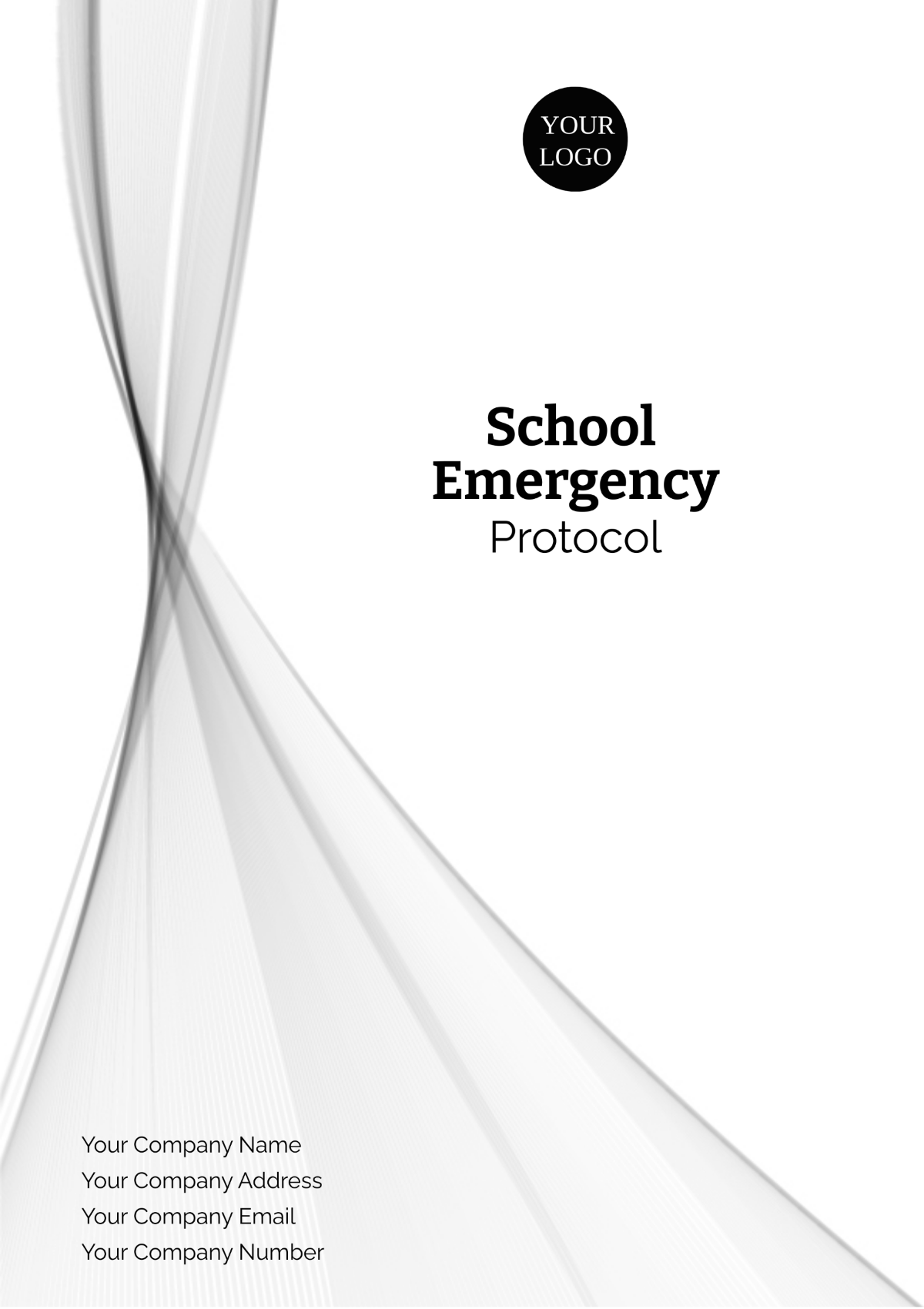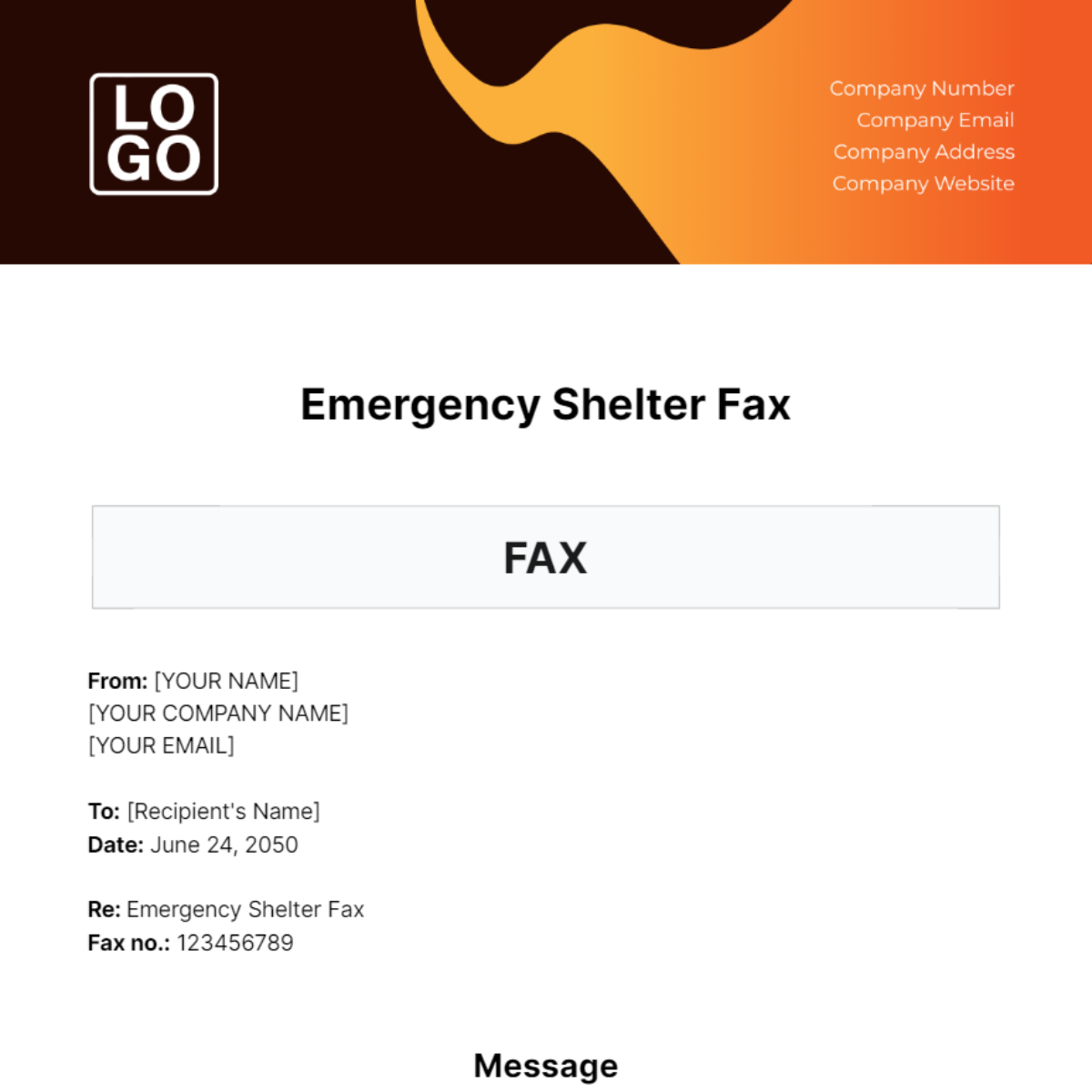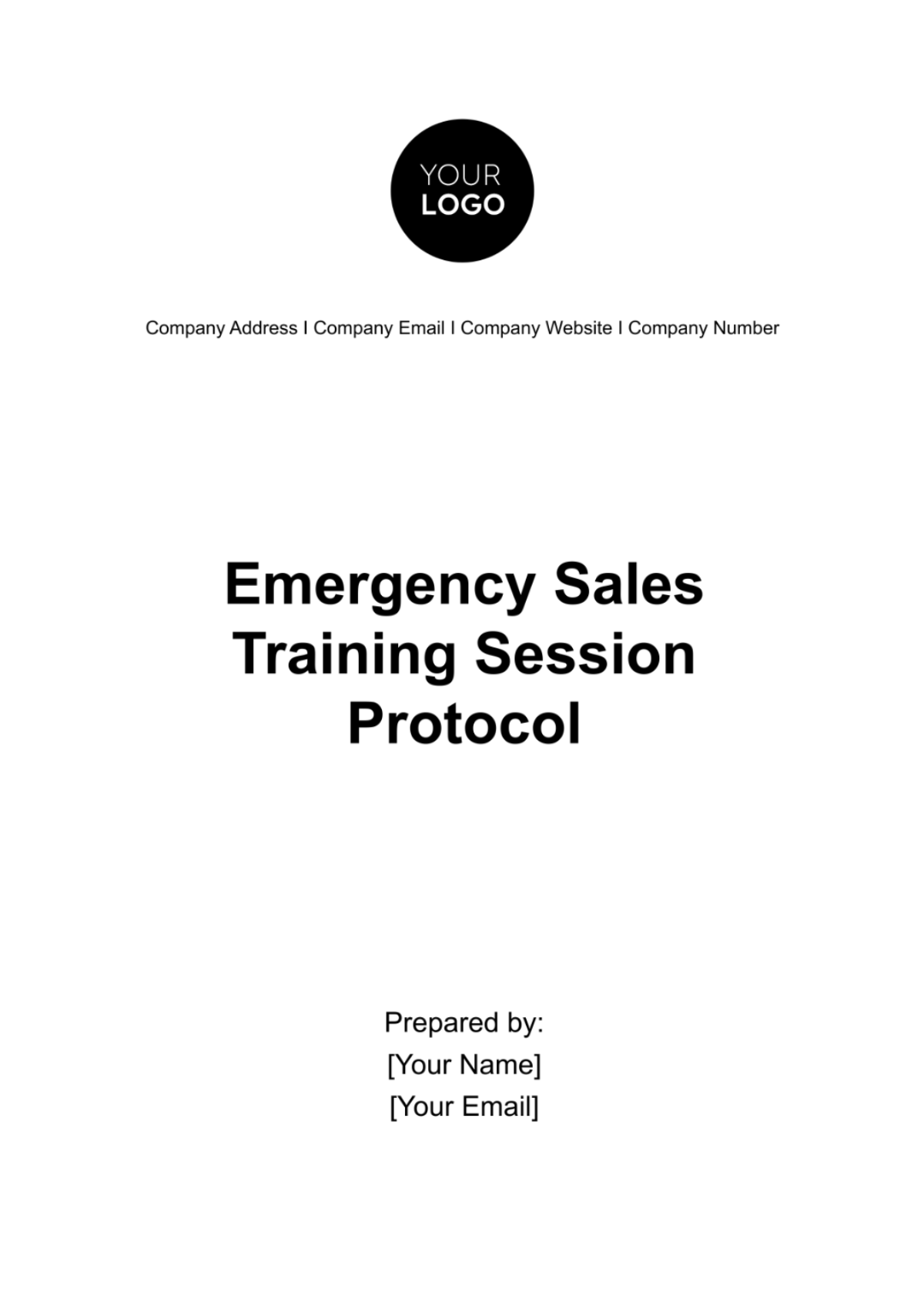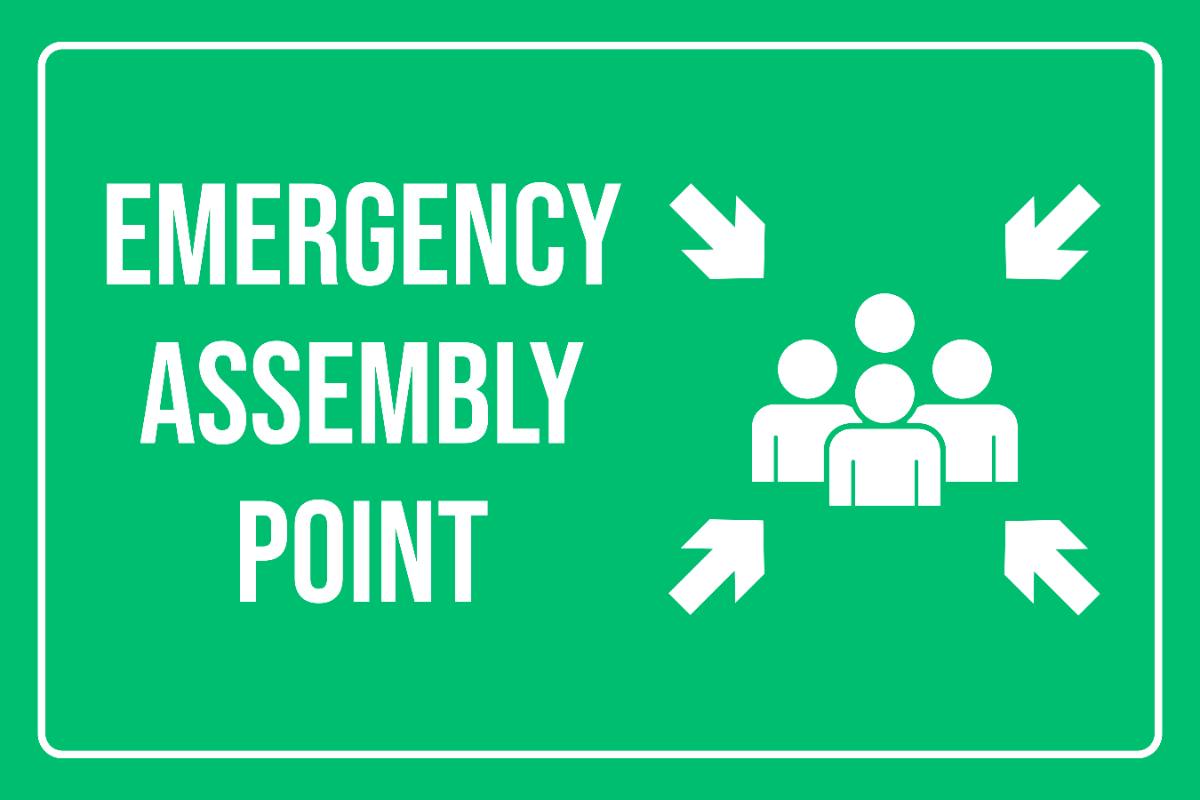EMERGENCY DRILL RULES
1. General Guidelines
All employees and occupants must be well-versed with the emergency drill rules to ensure safety during unforeseen events. These rules provide a structured approach to responding effectively during emergencies, ensuring everyone's well-being.
2. Pre-Drill Preparations
2.1 Notification
Advance Notice: Inform all employees about the date and time of the drill at least one week in advance.
Drill Schedule: Distribute a drill schedule and the designated roles to all participants to ensure clarity and preparedness.
2.2 Role Assignments
Specific Roles: Assign specific roles such as Fire Warden, First Aid Officer, and Evacuation Coordinator.
Responsibility Understanding: Ensure all assigned individuals understand their responsibilities thoroughly.
2.3 Training
Training Sessions: Conduct comprehensive training sessions on emergency procedures and evacuation routes.
Emergency Equipment Use: Provide clear instructions on the use of emergency equipment, such as fire extinguishers.
3. During the Drill
3.1 Evacuation Procedures
Immediate Evacuation: Upon hearing the emergency alarm, leave your workstation immediately and proceed to the nearest exit.
Avoid Elevators: Do not use elevators during an evacuation under any circumstances.
Follow Routes: Strictly follow the designated evacuation routes.
Assistive Measures: Assist individuals with disabilities in safely evacuating the building.
3.2 Assembly Points
Designated Locations: Proceed to the pre-designated assembly points outside the building without delay.
Await Instructions: Stay at the assembly point and wait for further instructions from the Emergency Coordinator.
3.3 Accountability
Report Presence: Once at the assembly point, report to your immediate supervisor or the designated officer.
Team Accountability: Supervisors must account for all their team members and report any missing individuals to the Emergency Coordinator immediately.
4. Post-Drill Procedures
4.1 Debriefing
Evaluation Session: Conduct a debriefing session to evaluate the effectiveness of the drill.
Feedback Collection: Gather feedback from all participants to identify areas of improvement.
4.2 Reporting
Detailed Report: Prepare a detailed report outlining the drill's execution, successes, and areas needing improvement.
Submission: Submit the report to the Safety Committee for review and action.
4.3 Review and Improvement
Procedure Review: Review the current emergency procedures based on the drill results.
Plan Updates: Update the emergency plan and training programs as necessary to address any identified gaps and enhance overall preparedness.




















